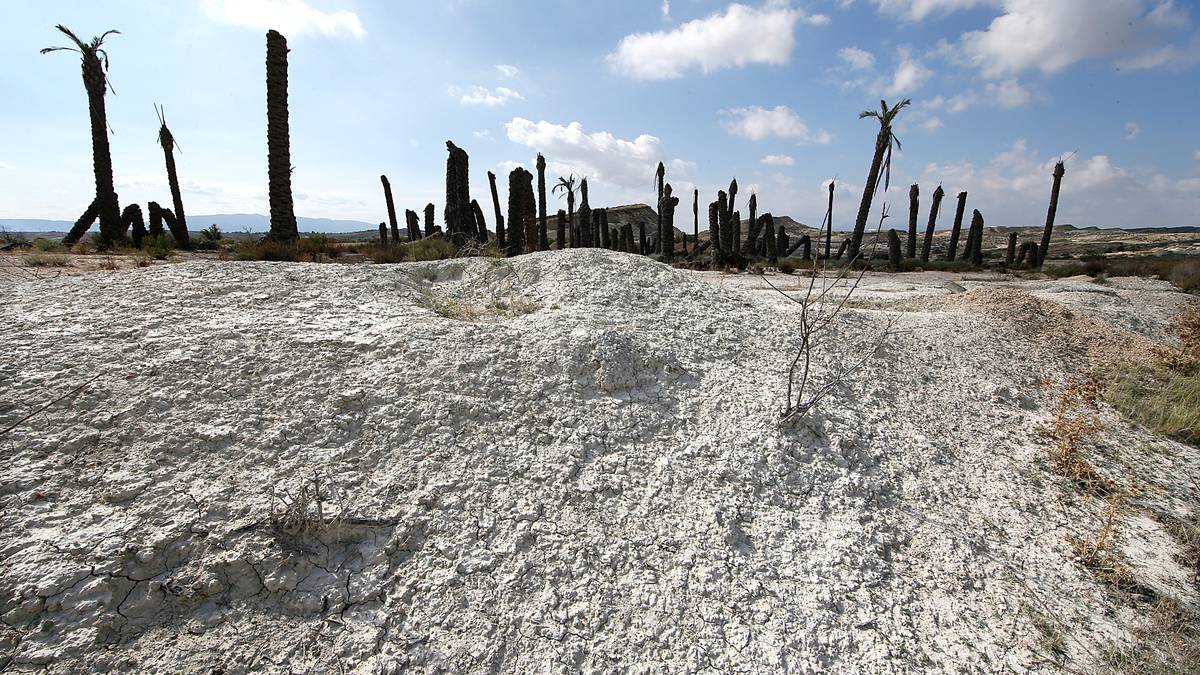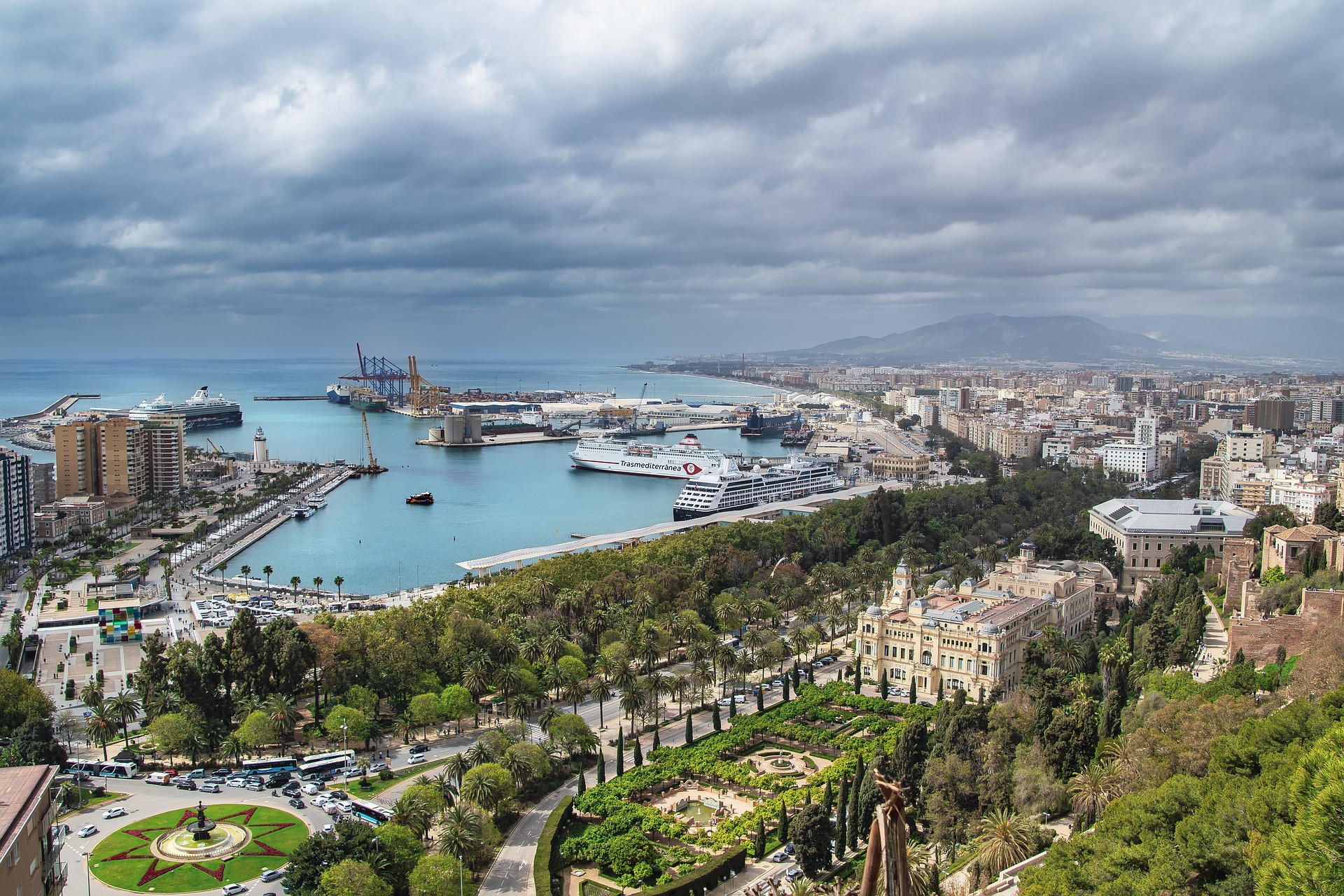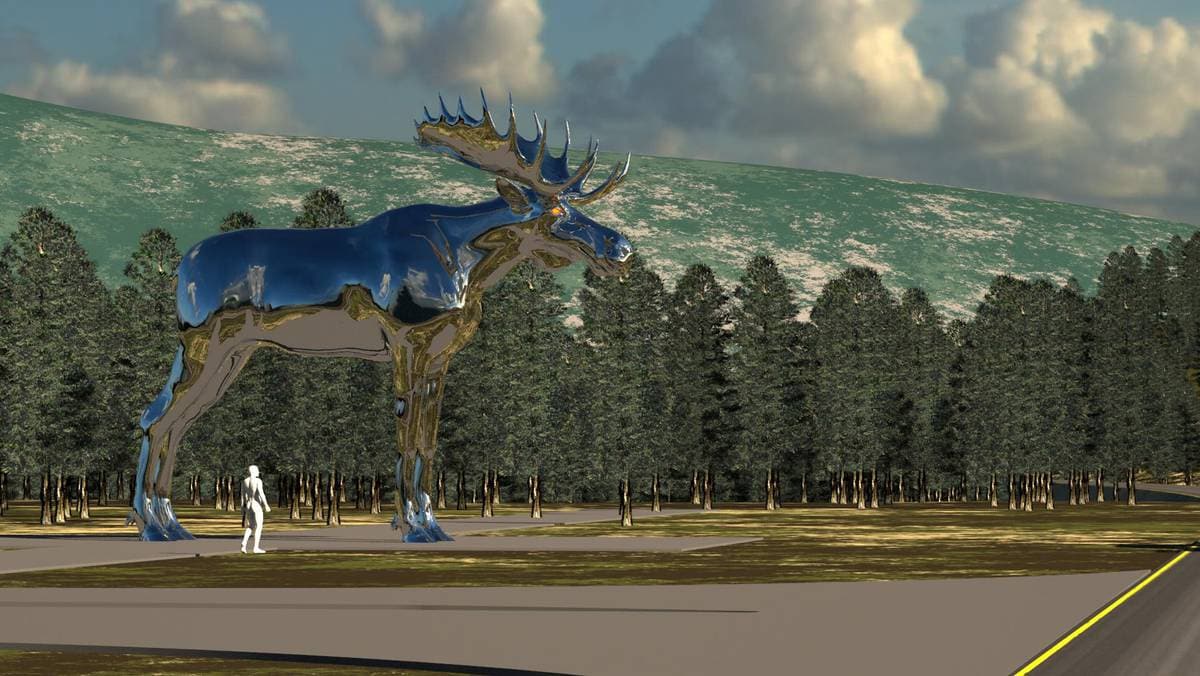Kyiv, the capital of Ukraine, is one of the largest and oldest European capitals. This place proved to be inhabited since the 5th and 6th centuries by a Slavic population, after which the material springs were preserved. Slavic culture is evidenced by archaeological finds of the remains of semi-hidden dwellings or fortified fortifications, ceramic vessels or coins made by hand. The first written mention of Kiev comes from the pen of the monk and chronicler Nestor, who wrote in the early 12th century. The reputation of the hot yearsIt is Reputation of ancient times. This work was translated into Czech by Karel Jaromír Erben in 1867. In addition to describing biblical events, the author describes the struggles between the tribes that resulted in the emergence of Kievan Rus after the mid-9th century. This space is also dedicated to the state’s first dynasty, the Rurikovci, who ruled until the end of the 16th century.
One of the most important rulers of Kievan Rus from the Rurikov family was Jaroslav I. the Wise, during whose reign the country developed politically and culturally. The king managed to fortify the country’s borders, enlarge the city of Kyiv and fortify it very well. He also contributed to the spread of Christianity and built several Byzantine-style church buildings, such as St. Sophia in Kiev. After Jaroslav’s death, the state unit split into several self-governing units and Kiev’s fame and importance gradually declined. In addition, the city was threatened by raids by nomadic tribes and battles between individual members of the Rurikov family. In the 1950s, Kyiv was occupied by Prince Yuri Dolgoruky, who later became Grand Duke of Kiev. Under his son and successor Andrej, there was another major conquest of the city in 1169. This year also marked the death of Kievan Rus.
Kyiv was hit again in 1240, when it was devastated by a Mongol invasion. They killed a lot of people here, dragging some of the population into slavery. The army did not spare even significant architectural monuments.
In the 1460s, Kyiv became part of the Grand Duchy of Lithuania, later the Polish-Lithuanian Union. In the mid-17th century, a number of Cossack uprisings took place throughout Ukraine, started in 1648 by Bohdan Chmelnický as resistance to the Polish government. The revolt led by this man was associated, among other things, with a massive crackdown on the Jewish population. It was destined for murder, with the Cossacks treating cruel means of death, such as hitting the stake or setting fire to the border. Many Jews fled to Czech soil before the massacre. The Cossacks met with failure, and after their defeat, all of Ukraine fell and came under Russian rule.
After the October Revolution of 1917, independent Ukraine was formed, but after two years of conflict, Ukraine was again conquered by Russia. The battle did not escape from Kiev again. The city was later destroyed in modern history, especially during World War II in August 1941 during the so-called defense operation Kiev, when the Soviet army suffered a crushing defeat and lost more than 700,000 men! Moreover, the operation had another tragic ending in the form of one of the worst war crimes in history by German SS troops. More than 33,000 local Jews were massacred near Kiev. The devastated city was liberated in early January 1943. The Czechoslovak army also took part in this action.
After the collapse of the Soviet Union, Kyiv became the capital of the independent Ukrainian state in late 1991. However, unrest continues to escape it.

“Hardcore zombie fan. Incurable internet advocate. Subtly charming problem solver. Freelance twitter ninja.”







:quality(70):focal(2632x1616:2642x1626)/cloudfront-eu-central-1.images.arcpublishing.com/mentormedier/ZNNRYRVNU6TUOQBBL22PE3O37M.jpg)